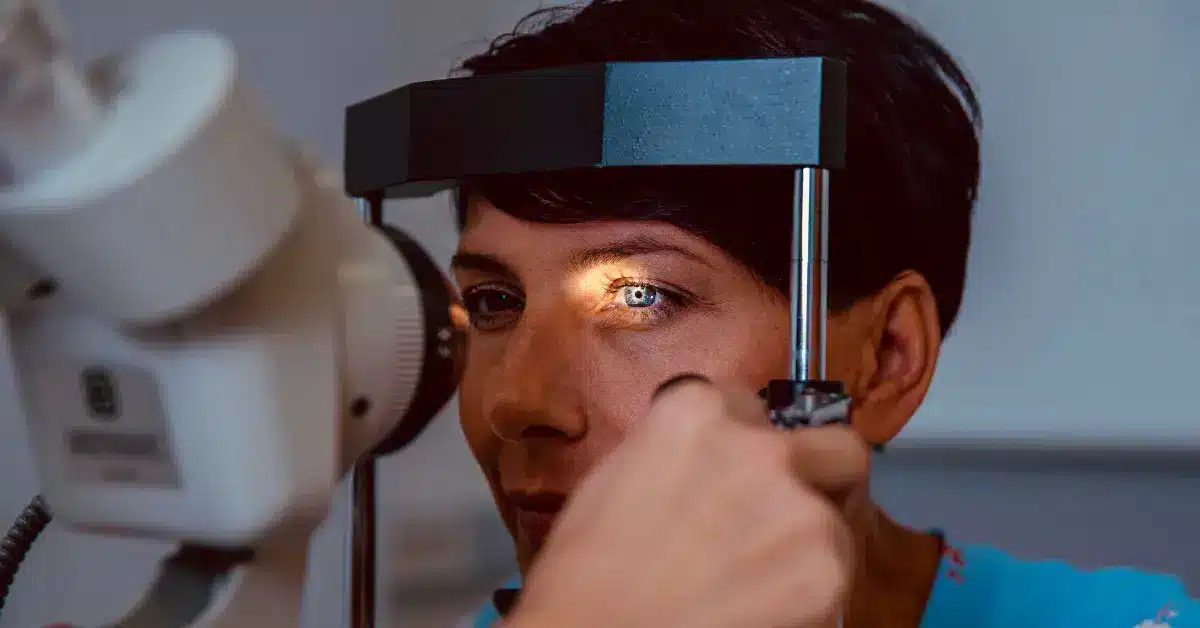Understanding Acanthamoeba Keratitis: Symptoms, Causes, and Treatment
Acanthamoeba Keratitis is a rare but serious eye infection that can cause long-term damage to the cornea.
This infection is caused by a microscopic organism called Acanthamoeba.
These organisms are commonly found in the environment.
Acanthamoeba Keratitis is a rare condition that can be difficult to diagnose and treat, making prevention essential.
According to the Centers for Disease Control and Prevention, 85 percent of its cases occur in contact lens users.
This article will explain the causes, symptoms, treatment, and prevention options for Acanthamoeba Keratitis.
Symptoms
The symptoms of Acanthamoeba Keratitis can be similar to other eye infections or conditions.
Symptoms of Acanthamoeba Keratitis can include the following:
- Severe eye pain
- Redness and inflammation of the eye
- Blurred or hazy vision
- Sensitivity to light
- Excessive tearing or discharge from the eye
- The feeling of a foreign body in the eye
- Eye swelling or eyelid drooping
- Eye discomfort that worsens with contact lens wear
It is crucial to see an eye doctor if you experience any of them.
A proper diagnosis and treatment can prevent complications and help you to recover faster.
Causes
Acanthamoeba Keratitis is caused by a type of amoeba called Acanthamoeba Castellanii.
It is commonly found in soil, water, and air around you.
The infection occurs when the amoeba enters the eye through a break in the cornea.
It usually enters through contact with contaminated water, soil, or contact lenses.
Some common risk factors for Acanthamoeba Keratitis include
- Improper contact lens care, such as not cleansing and disinfecting the lenses after use
- Bathing or swimming while wearing contact lenses
- Exposure to contaminated water or soil, such as when gardening
- Having a weaker immune system
- Trauma to the eye, such as a corneal abrasion or injury
You can take proper precautions to reduce the risk of Acanthamoeba Keratitis.
Proper contact lens care procedures and exposure to polluted water or soil should be avoided.
Also, seeking immediate treatment for any eye injuries or infections is essential.
Diagnosis

To diagnose this condition, your eye doctor will typically perform a comprehensive eye exam, which may include the following:
- Medical history and symptoms
- Slit-lamp microscope eye exam
- Collecting a sample of discharge from the affected eye for laboratory testing
Laboratory tests may include a corneal scraping or biopsy.
It involves collecting a small tissue sample from the affected area for analysis.
The sample is then examined under a microscope for the presence of Acanthamoeba or other microorganisms.
In addition to these tests, your eye doctor may also recommend imaging tests.
Tests such as Optical Coherence Tomography (OCT) evaluate the extent of the infection and its impact on the cornea.
A quick and precise diagnosis of Acanthamoeba Keratitis is crucial for proper treatment and recovery.
Acanthamoeba Keratitis Treatment
Treatment for Acanthamoeba Keratitis typically involves a combination of medications and procedures.
These treatments help to eliminate the amoeba and promote the healing of the affected eye.
Some common treatment options include:
Antiseptic medications

Medications like Chlorhexidine, Propamidine, and PHMB are used to kill amoeba and stop its spread.
The severity of the infection determines the mode of administration, which may include oral medications, eye drops, or both.
These medications are effective in treating the infection caused by amoeba.
Chlorhexidine, propamidine, and PHMB are commonly used to treat this infection.
They are available in different forms, such as eye drops and oral medications.
Corneal debridement
Corneal debridement is a medical procedure used to remove damaged or infected tissue from the cornea.
This is usually done by a specialist eye doctor using special tools.
The patient may be given local anesthesia to minimize pain during the procedure.
After debridement, the eye doctor may prescribe eye drops or contact lenses to help the eye heal.
It is generally considered a safe and effective treatment for certain eye conditions.
Corneal transplant

Corneal transplant is a surgical procedure to replace a damaged cornea with a healthy one.
Sometimes, the infected part of the cornea is replaced with corneal tissue from the donor.
This type of transplant is known as keratoplasty surgery.
The infected cornea is removed to prevent further damage and vision loss.
After the surgery, the patient must take medication to prevent the rejection of the new cornea.
A corneal transplant can help restore vision and relieve pain caused by acanthamoeba keratitis.
Corneal transplants are a complex and risky procedure requiring an ophthalmologist’s recommendation.
Supportive care
It involves using medication to prevent infection, reduce pain, and practice good eye hygiene.
This means avoiding contact lens use, not rubbing the eyes, and keeping the eye clean and dry.
Regular follow-up appointments with an ophthalmologist are necessary.
This will help to monitor the condition and adjust treatment as needed.
Your doctor may recommend some antibiotic eye drops to reduce the risk of further contamination.
Conclusion
If left untreated, Acanthamoeba Keratitis can cause complete vision loss.
To avoid further problems, early diagnosis and treatment are necessary.
The treatment for Acanthamoeba Keratitis depends on the severity of the infection.
The treatment options may include medication, corneal debridement, or corneal transplant.
Regular follow-up visits with an ophthalmologist and good eye care habits can help manage symptoms.
Contact your doctor if you cannot open your eye and have pain.
Frequently Asked Questions
WowRx uses only high-quality sources while writing our articles. Please read our content information policy to know more about how we keep our content reliable and trustworthy.






